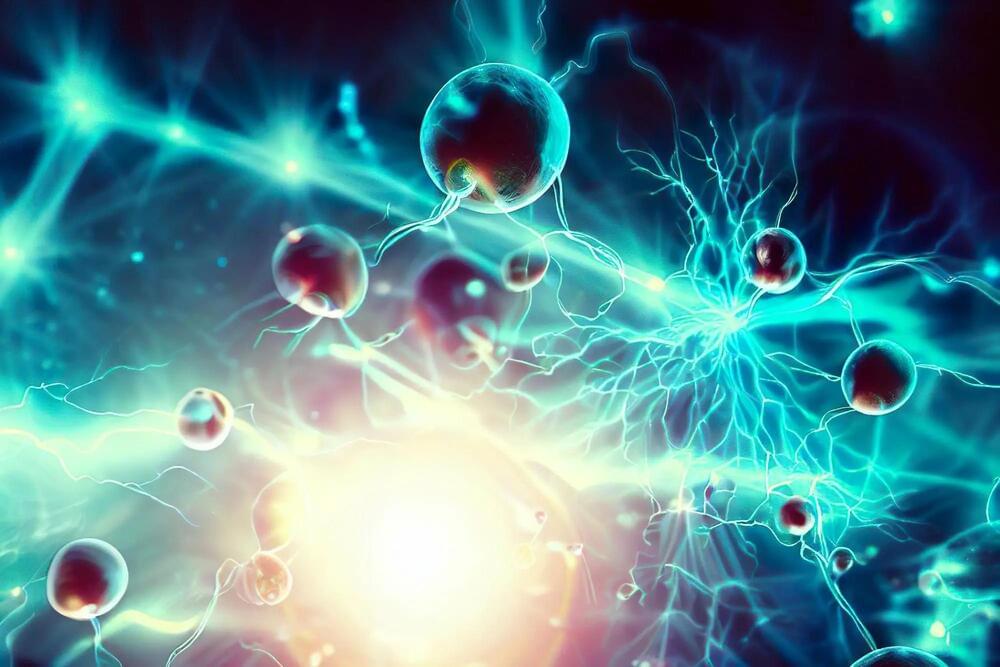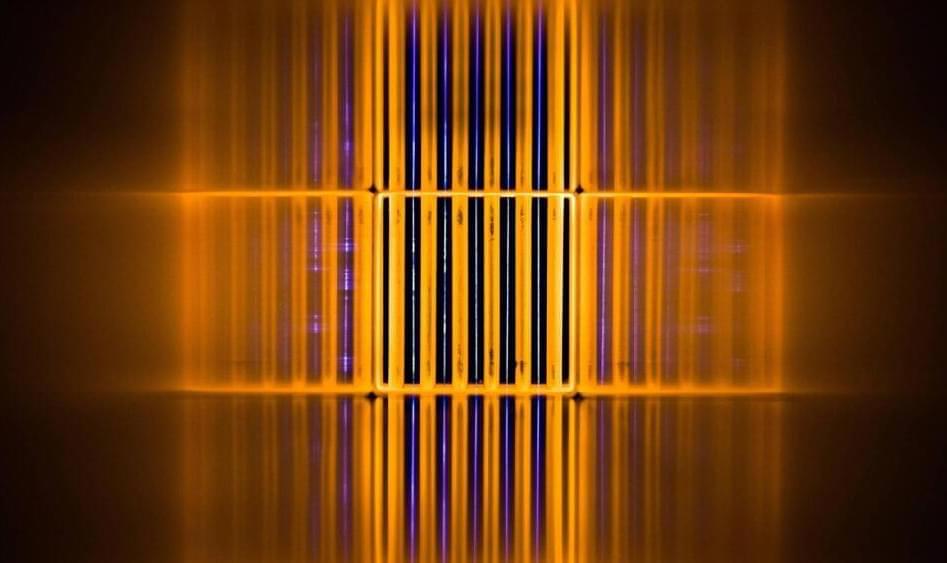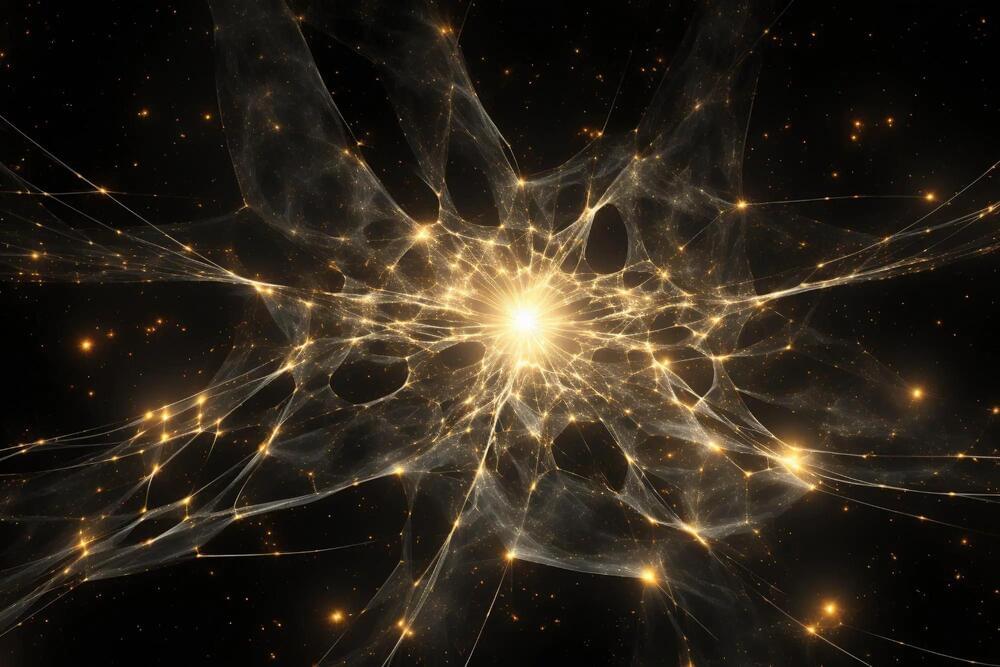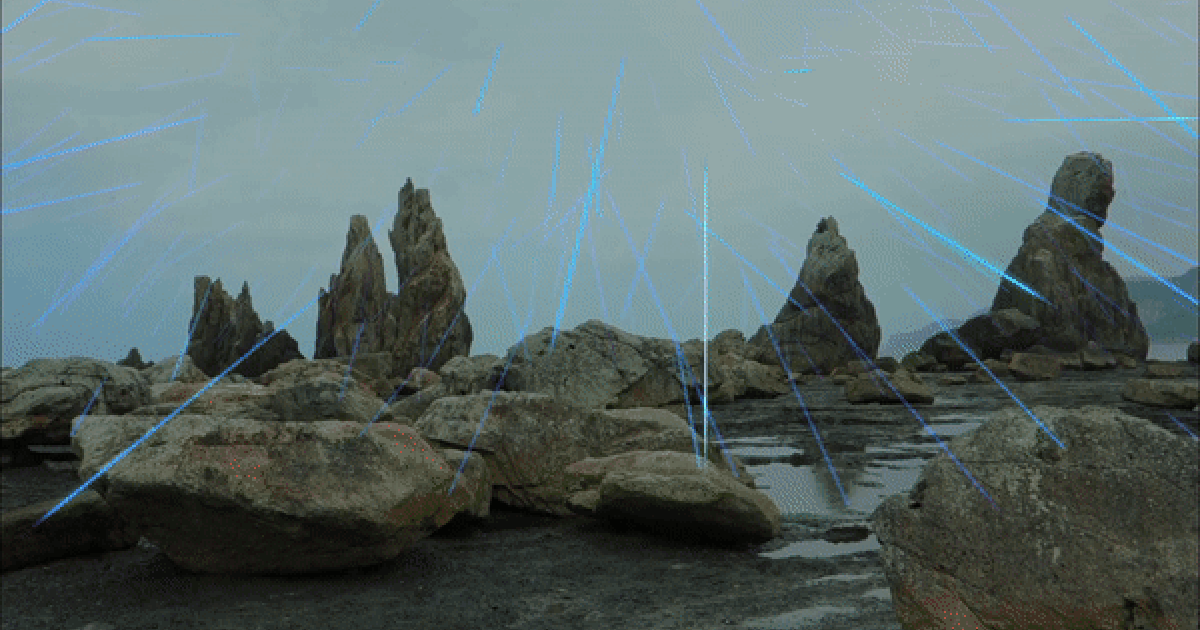Jul 10, 2023
Quantum Physics in a Leaf? Scientists Discover Link Between Photosynthesis and the “Fifth State of Matter”
Posted by Jose Ruben Rodriguez Fuentes in categories: particle physics, quantum physics
Inside a lab, scientists marvel at a strange state that forms when they cool down atoms to nearly absolute zero. Meanwhile, just outside their window, trees are absorbing sunlight and converting it into new leaves. These two scenarios may seem entirely unrelated, but a recent study from the University of Chicago proposes that these processes are not as distinct as they might appear on the surface.
Published in the journal PRX Energy, the study established connections at the atomic level between the process of photosynthesis and exciton condensates, —a strange state of physics that allows energy to flow frictionlessly through a material. According to the authors, this discovery is not only fascinating from a scientific perspective, but it may also offer new perspectives for electronics design.


















